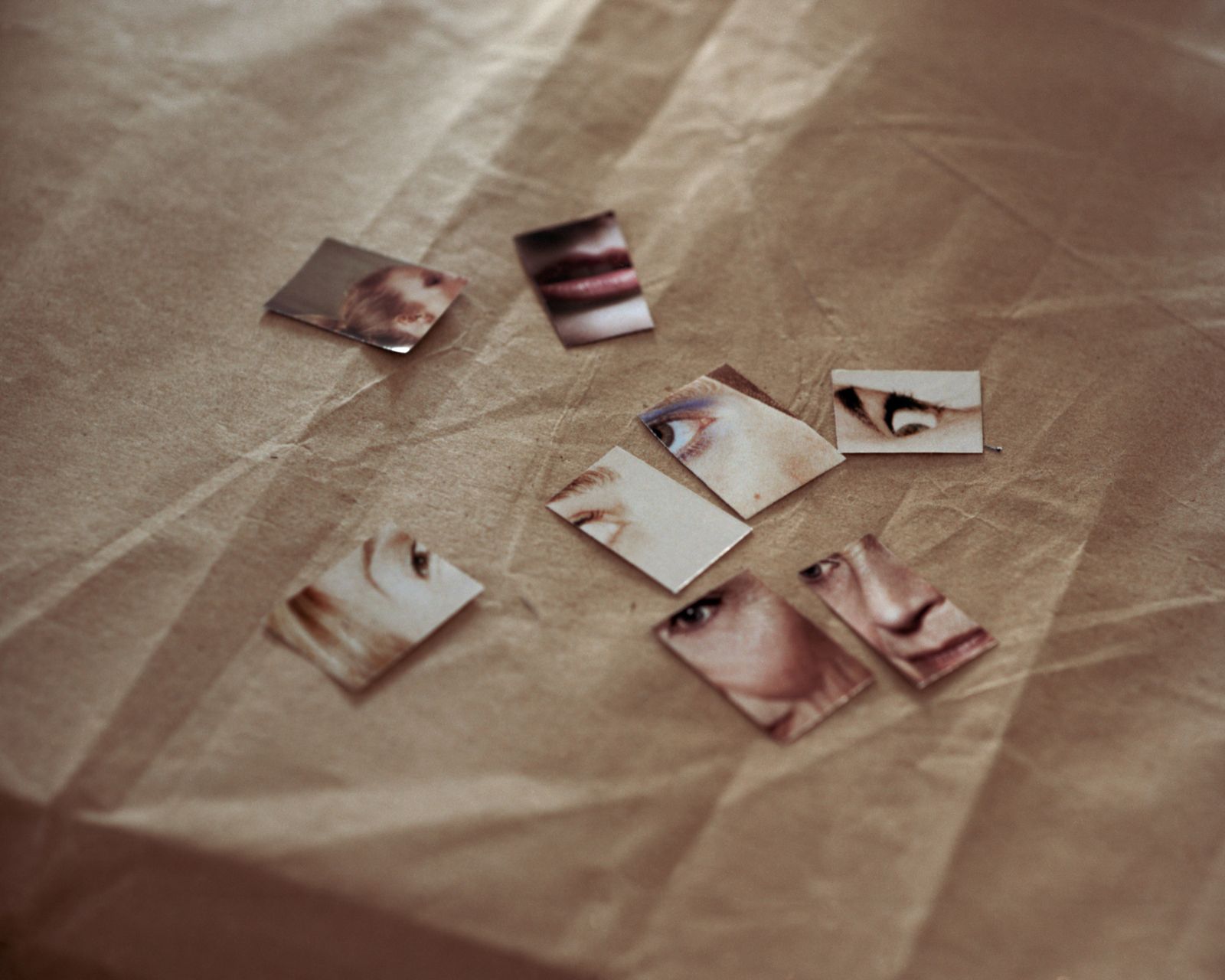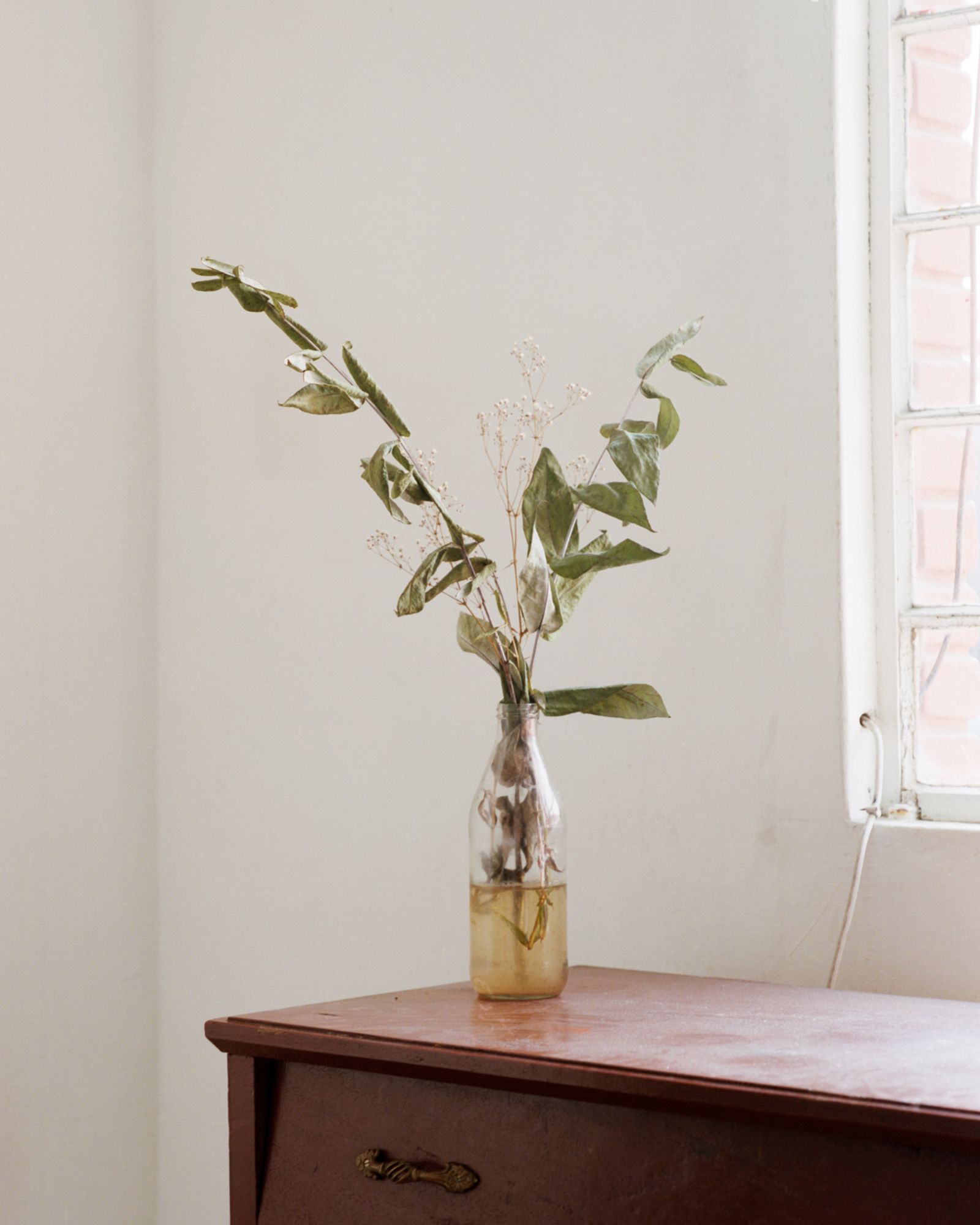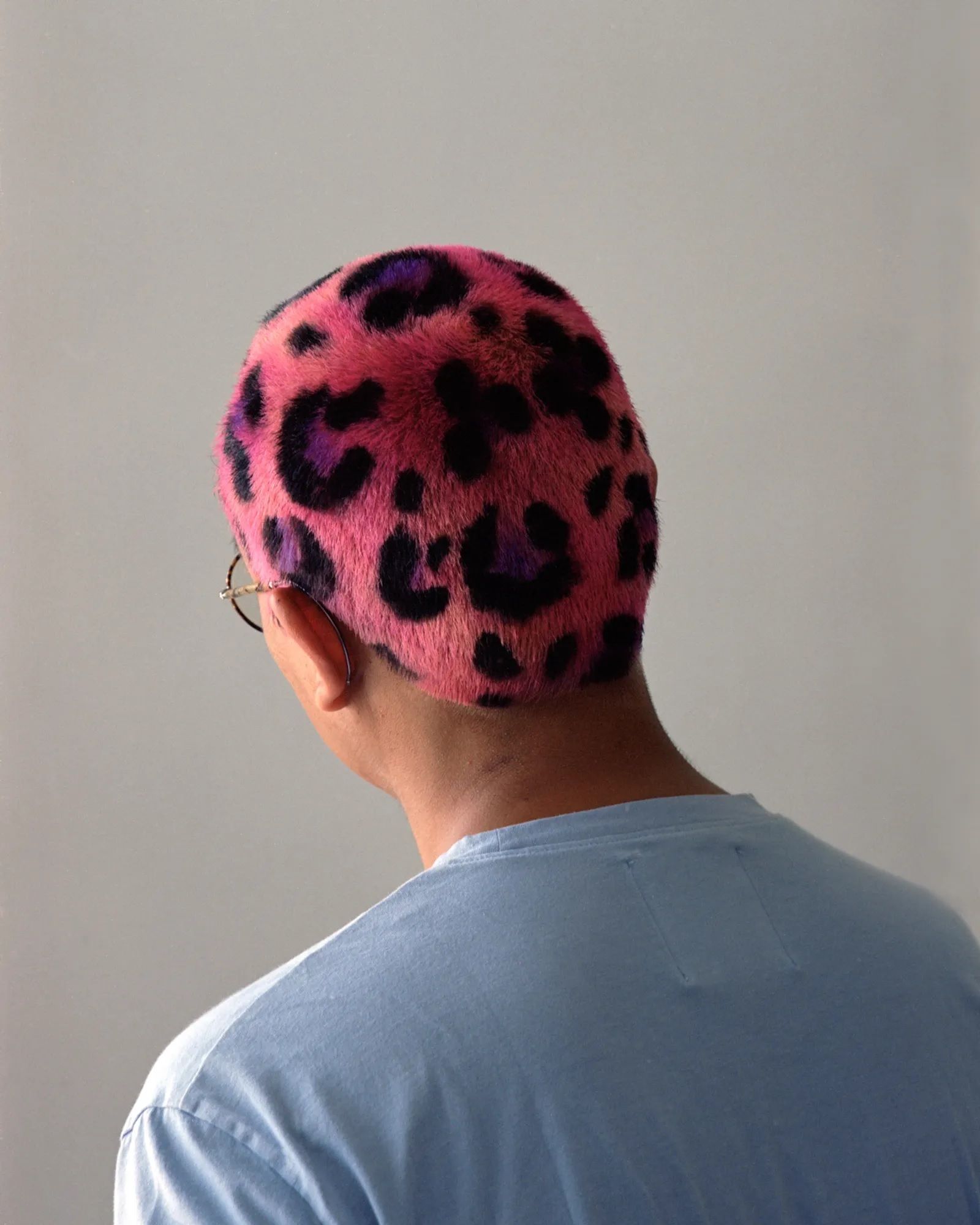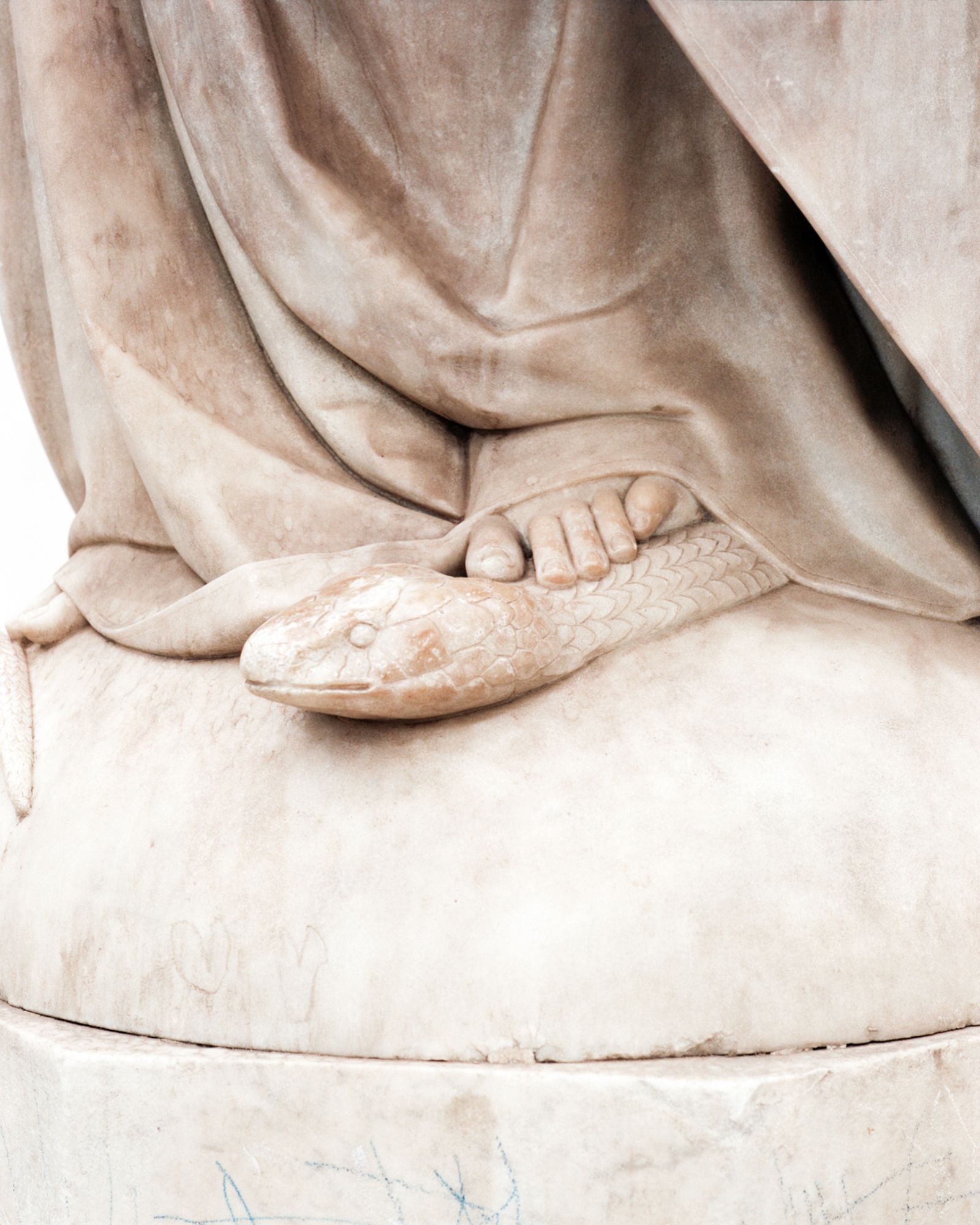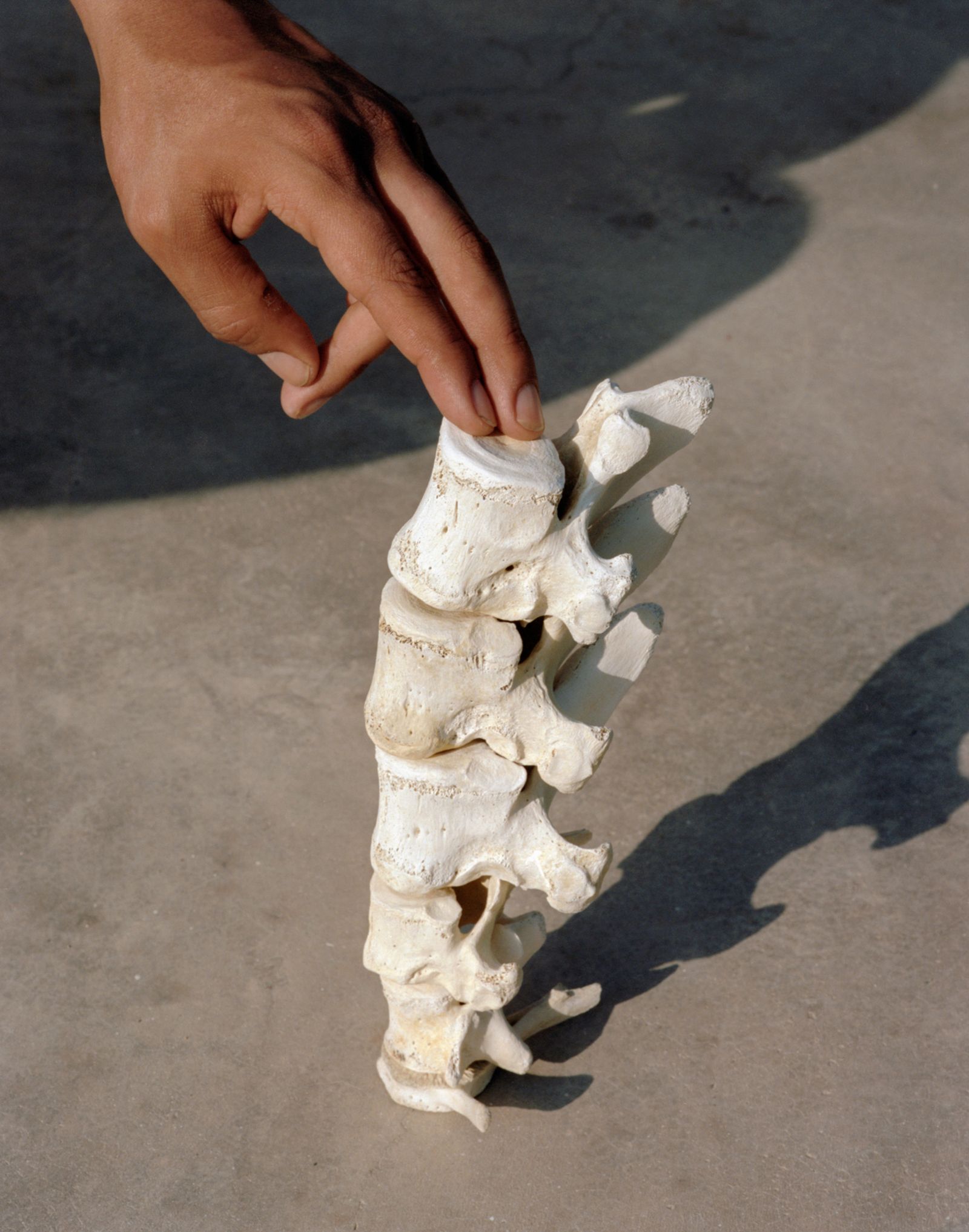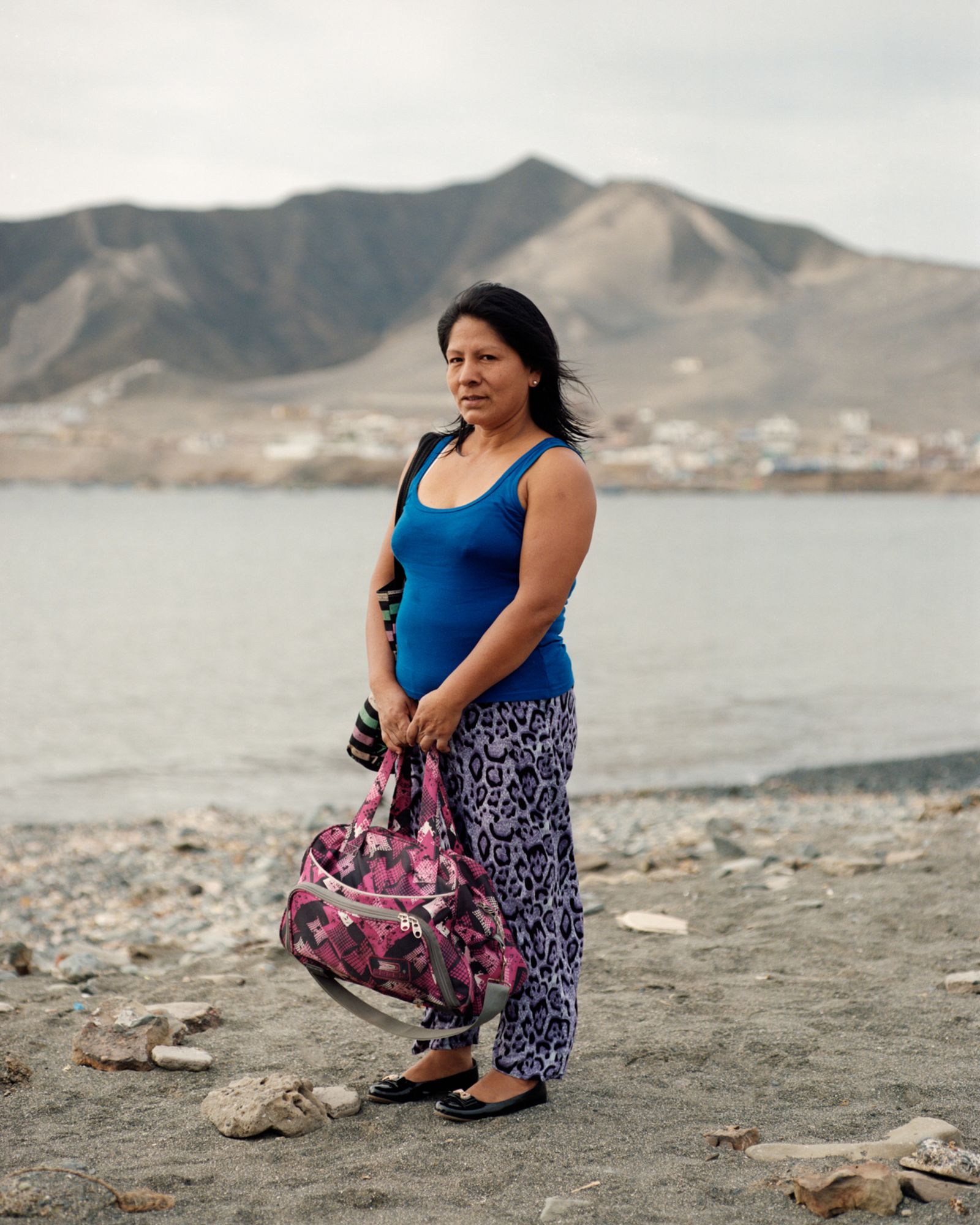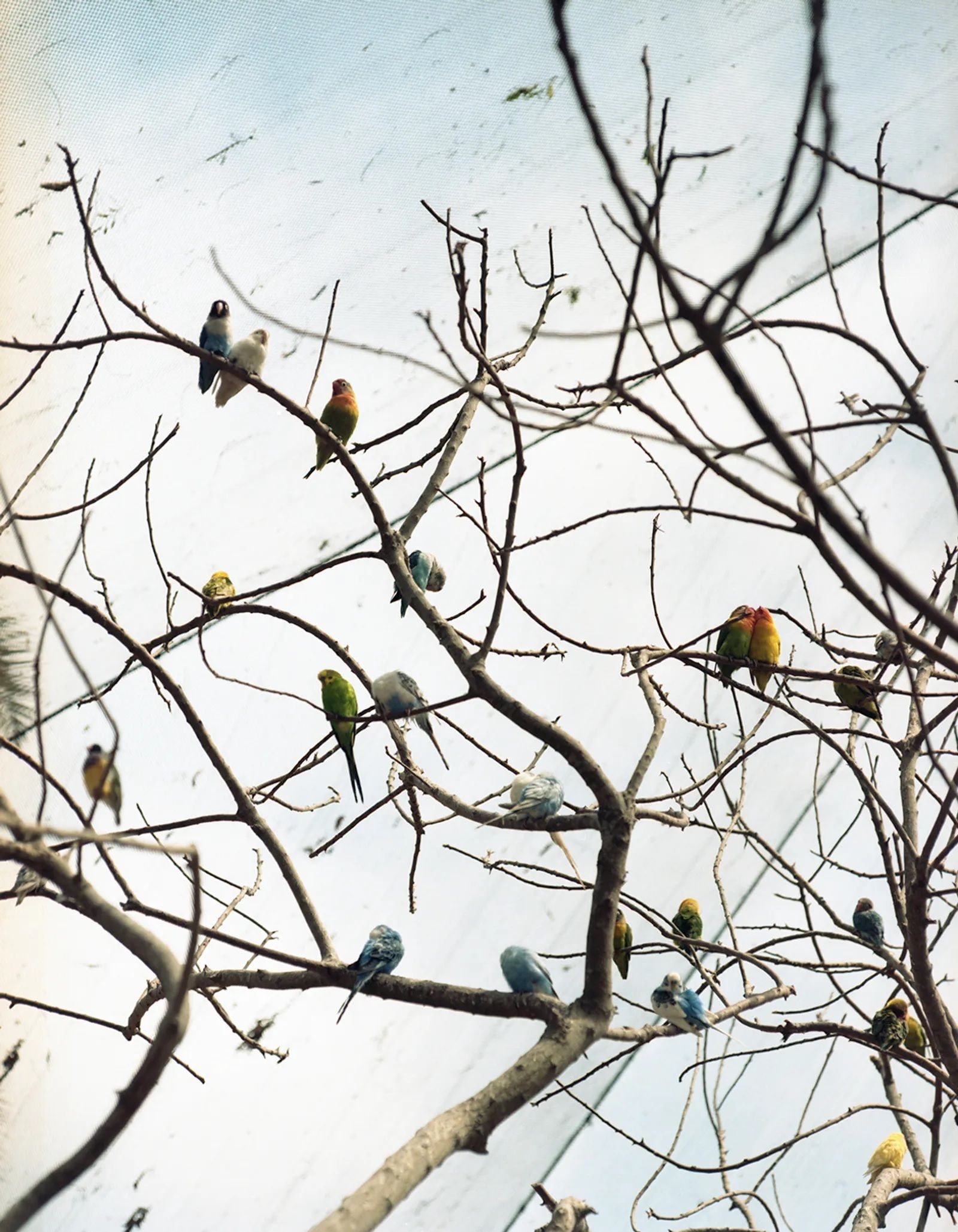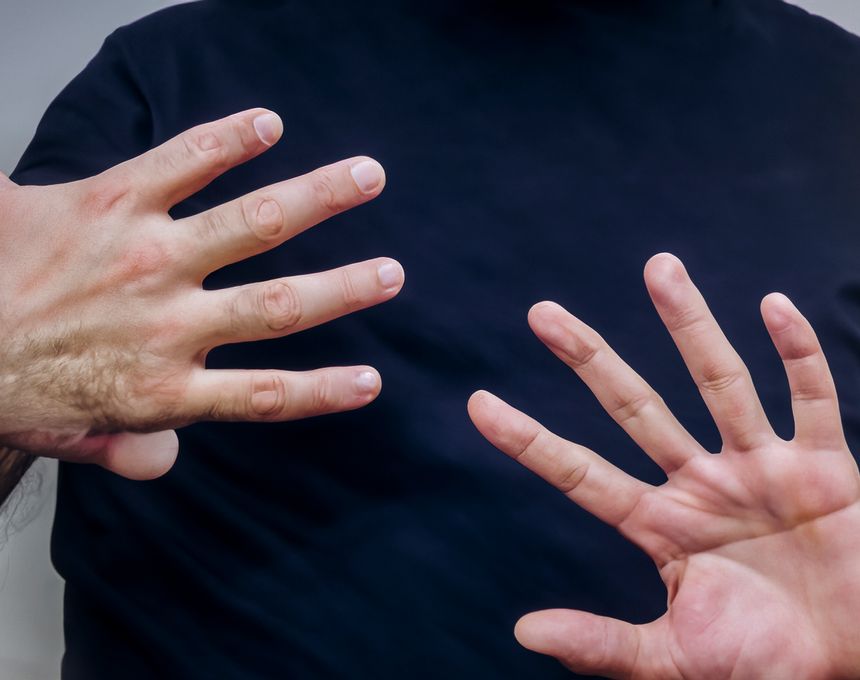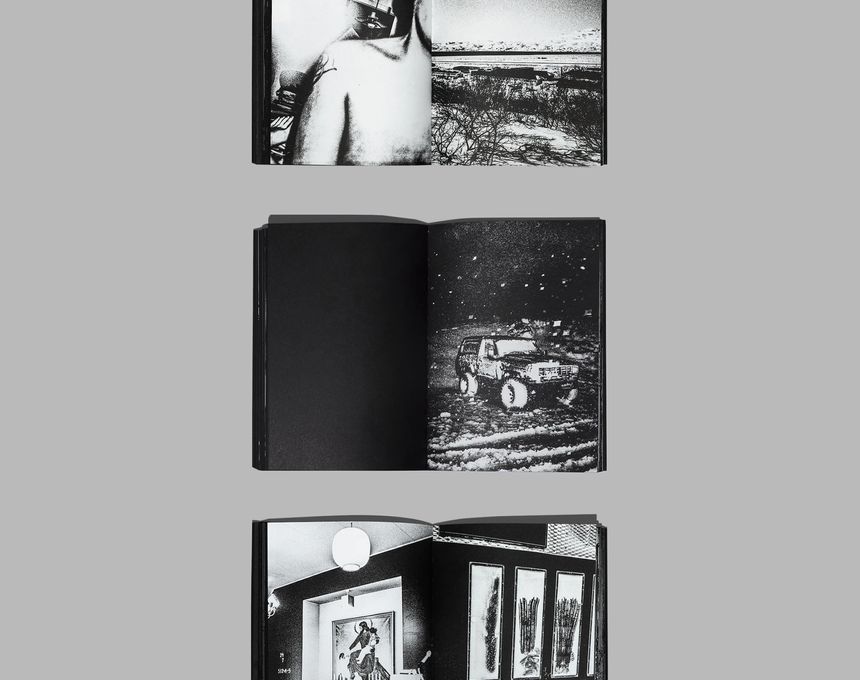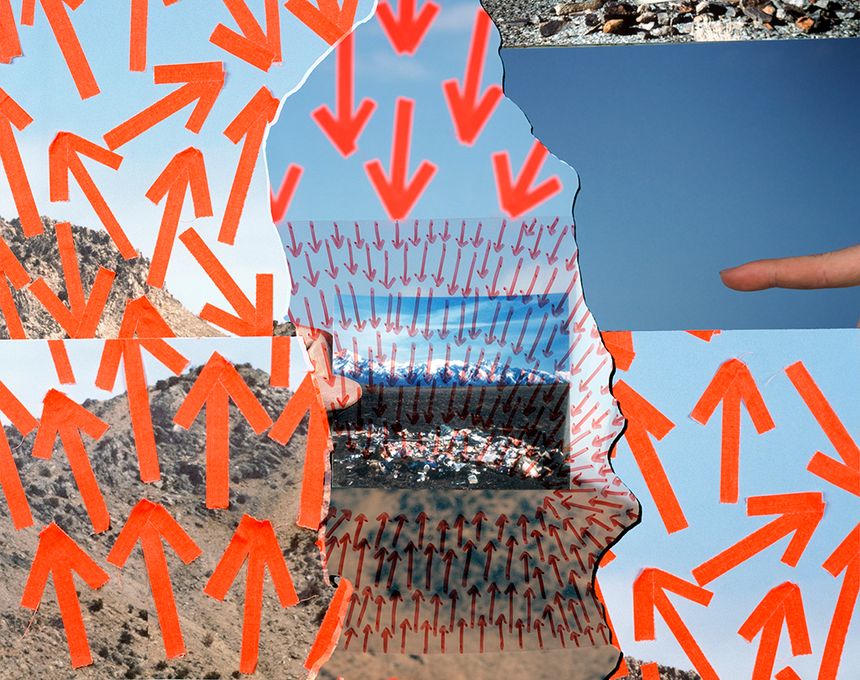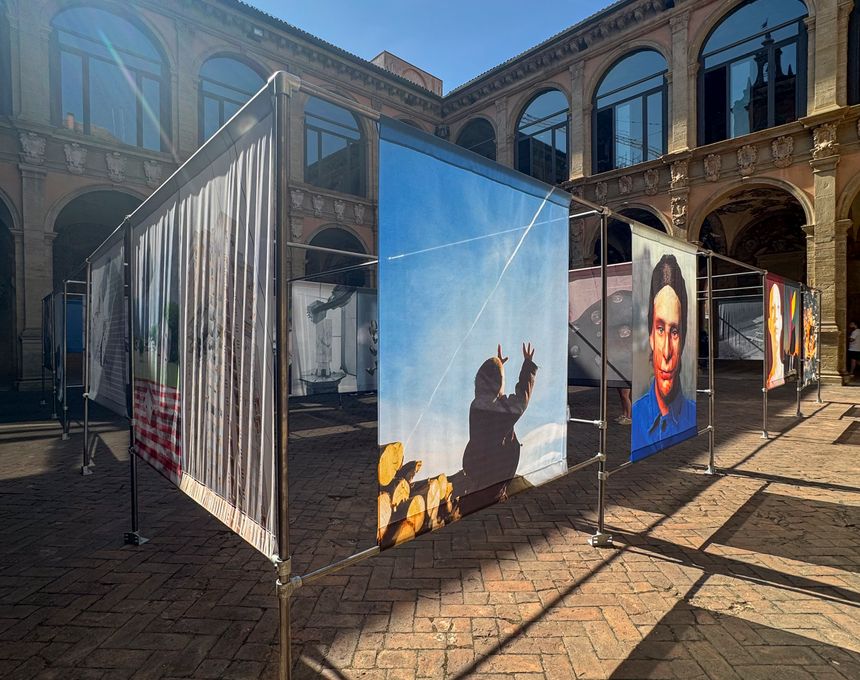In Search of Life’s Small, Ephemeral Qualities
-
Published28 Jul 2021
-
Author
Enchanted by the quiet moments of life, Peruvian photographer Ana Lía Orézzoli beautifully documents the ordinary routines that are often overseen. Through this passion to connect with the present itself, she hopes to treasure a never-ending moment in each frame.
Enchanted by the quiet moments of life, Peruvian photographer Ana Lía Orézzoli beautifully documents the ordinary routines that are often overseen. Through this passion to connect with the present itself, she hopes to treasure a never-ending moment in each frame.
Frases Mínimas is a personal project that Ana Lía Orézzoli started when she faced the reality of losing her parents. During her creative process, she has widen the aspects related to her project, for instance; photographing other subjects than her family, spaces and objects. Ana describes she is interested in photographing moments of silence. She admits she longs for moments that will vanish.
Frases Mínimas, a project you started when you faced the fear of losing your parents, could you please tell us more about this event.
After living a couple of years abroad, I came back home to Lima and saw my parents after a long period of time. At that moment, I was shocked to notice how time had changed them. I felt like I realised the fragility of their bodies for the first time. After that experience I began asking myself about our perception of time and our relationship to a greater and more universal idea of it. Since then, with these images, I try to create connections between what I observe and what exists around and besides me. Here and now, I look for the evidence of a fragment, of something brief, fleeting, and elusive. I seek to create the feeling of something eternal. I also long for what is going to disappear.
The title, Frases Mínimas, comes from a middle school assignment sheet found in one of my old notebooks. A minimum phrase is the shortest possible sentence that can be constructed and still have meaning. These sentences consist of two essential elements, a subject and a predicate. In my photographs, each image can be read as a minimum phrase, a self-contained unit with its own internal meaning.
Where have you been photographing the series, all at your domestic surroundings?
I’ve been photographing in a very intuitive way, so most of these images were made in places where I’ve been in the last five years, around Lima and a beach in the north of Peru where I used to spend my summer as a kid. I move between small domestic interiors to wide open outside spaces, making pictures along the way. I started the project making portraits, and later, my strategy was to bring my camera along, whenever I’d go for a walk or when I’d go visit a friend or my family. Occasionally, I make lists of places or ideas that I’d like to photograph and then I attempt to make those happen. I am a collector and when I photograph, I try to respond to the moment itself in a more natural way and I only try to make sense of the photographs later, spending time with them, thinking of how they relate to the ideas that I always carry in the back of my mind. It is a very slow and difficult process sometimes.
About the people that you have photographed, could you tell us more? How are they linked to your narrative?
In order to understand better what this work is about, I have been reading a lot about time. I was inspired by a quote from the Italian physicist Carlo Rovelli, who in his book, The Order of Time (Anagrama, 2019), argues that “...human beings live on emotions and thoughts. We exchange them when we are in the same place and at the same time, talking to each other, looking into each other's eyes, brushing our skin. We feed on that network of meetings and exchanges, or rather, we are that network of meetings and exchanges.” So my intention has been to photograph people that I love in order to have evidence of their existence with me. I look for a place of encounter. I think these portraits are my excuse to be closer to them, to tell them that they are important to me. That I want to look at their fingers touching, I want to see their gestures, to recognise their vulnerability.
Are you interested in making your personal narrative universal for the viewers?
Even if most of my projects come from a personal place, I am not interested in making work that only speaks to myself. I’m looking for connections, always. Nowadays, I am focused on finding a more clear narrative for the project, working on possible sequences, and pairing images. While doing so, I am asking myself questions, such as why am I making this and who am I making it for. For me, this is the most difficult part of my creative process, so I feel like I am making and unmaking over and over again. This reflective process has also made me realise that I’m missing some images, that I need to go out and photograph again. During this time I am also interested in hearing what other people see in my work, so I’m regularly showing it to other photographers or editors whom I trust so that they can give me some constructive criticism.
Are you looking to publish a book after completion of the project?
Yes, although, I don’t feel the work is ready yet, I feel it’s getting closer. In 2018, I self-published my first photobook, A Kind of Longing, which was a very enriching experience. It was a small edition of 70 handmade photobooks that I also self distributed. I am also part of SCALENO, an international photographic collective, and together with my colleagues we have also worked on other types of publications, including a newspaper and postcard set. I believe the photobook is a very democratic format and offers a personal experience for the viewer. I am interested in continuing to explore its different possibilities. I think there’s an intimate and special connection when holding things, like books, in our hands. Books also age and change with time, like people.
-------------
All photos © Ana Lía Orézzoli, from the series Frases Mínimas
-------------
Ana Lía Orézzoli is a Peruvian photographer currently based in Lima. On the side of being a photographer she works as a photo editor and educator. Her work has been exhibited in Italy, Latvia and the US. She is a member of the SCALENO collective, an international photographic collective. You can follow her on Instagram and Vimeo.
Verónica Sanchis Bencomo is a Venezuelan photographer and curator based in Hong Kong. In 2014, she founded Foto Féminas, a platform that promotes the works of female Latin American and Caribbean photographers. Follow her on Twitter and Instagram.
-------------
This article is part of In Focus: Latin American Female Photographers, a monthly series curated by Verónica Sanchis Bencomo focusing on the works of female visual storytellers working and living in Latin America.
